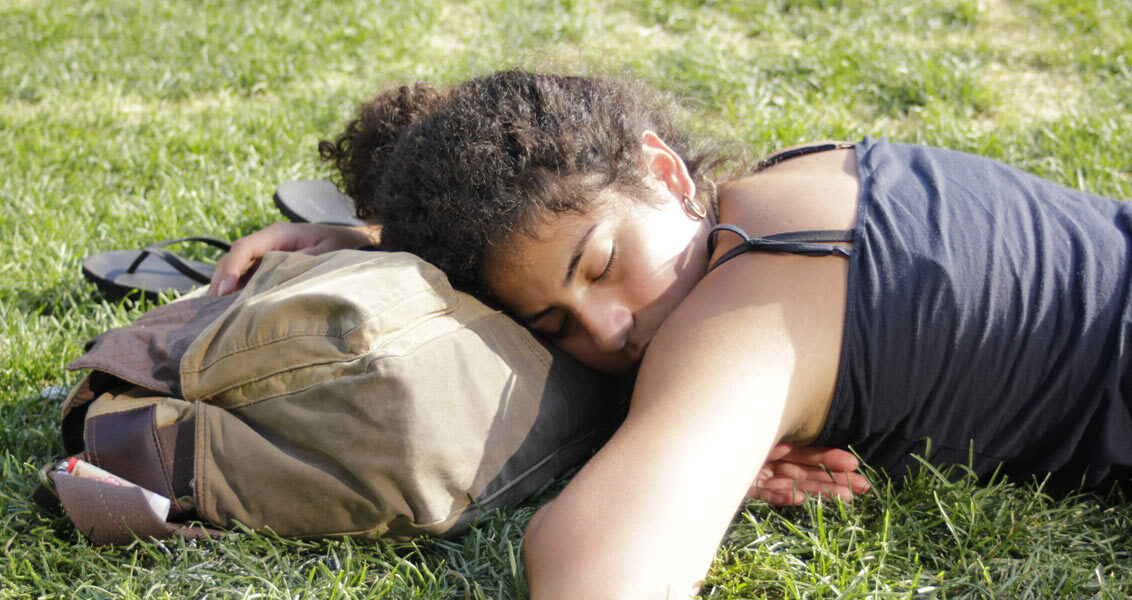
I have vivid memories of my brother pretending to snore as a child—though I’m pretty sure he didn’t fool anyone with his faux slumber. As an adult, if you find yourself merely pretending to sleep, you definitely won’t be able to fool yourself into thinking you’re rested for long. Sleep deprivation can cause a whole host of health problems, from impaired alertness and trouble with problem-solving to increased risk of heart disease and stroke.
One of the most common sleep disorders is sleep apnea, which interrupts breathing and reduces oxygen delivery to the brain and other parts of the body. Although sleep apnea can affect nearly anyone at any age, a few key factors put you at a higher risk, including sinus problems, acid reflux, and obesity. Breathing machines are the current go-to treatment for sleep apnea, but new research shows that patients with this condition may benefit from performing specific tongue and throat exercises that open airways by strengthening throat muscles. (If you’re interested in learning more, see a speech-language pathologist (SLP)—a special type of therapist who focuses on throat and tongue rehabilitation.)
Stress can also affect sleep quality and overall wellness. In addition to staving off stress-related health issues, reduced stress levels can promote restful sleep. Consistent exercise can be a valuable tool for dealing with stress, as it changes the body’s response to stress itself. If you exercise regularly, you can relieve tension, boost endorphins, and optimize your heart and lung function. In short, exercise helps relax and balance your mind and body, and that kind of de-stressing leads to better sleep.
Another way exercise may improve your slumber: Physical activity increases oxygen levels in your blood, body, and brain. You need oxygen to perform every function—both voluntary and involuntary—all the way down to the cellular level. And when you sleep, your brain is working hard to detoxify and sort out the day’s stressors so you can wake up refreshed and well-rested. In short, exercise gives your body the oxygen it needs to sleep more soundly.
Exercise also can help with yet another sleep disrupter: restless leg syndrome (RLS). People with RLS typically feel the persistent need to keep their legs in motion to quiet the restless feelings in their legs. RLS affects the nervous system, causing a person to feel discomfort and most likely, annoyance. Physical therapists can help, though. They create customized plans of care and then work with patients to achieve movement goals. If you have RLS, a physical therapist (PT) can create a plan that will help you calm your restless legs by reducing muscle tension.
Whether you suffer from sleep apnea, stress, or restless leg syndrome, a therapist can help you catch some Zzzs and avoid further sleep deprivation complications.


